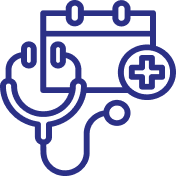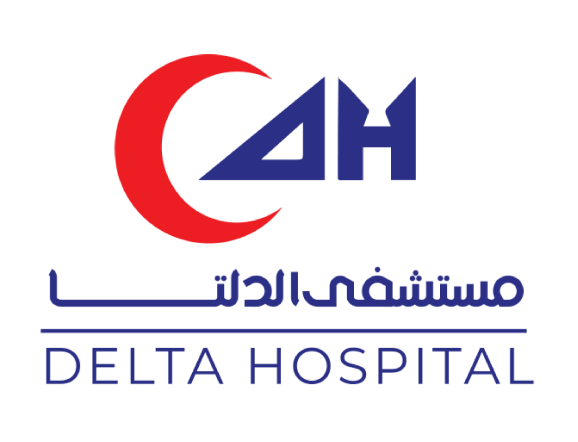
Cardiothoracic Surgery
Cardiothoracic surgery is a medical specialty focused on the surgical treatment of diseases and conditions affecting the heart, lungs, and other organs within the chest. Cardiothoracic surgeons are trained to perform complex procedures on the heart and lungs, including operations to correct congenital defects, treat heart disease, and manage lung cancers and other respiratory disorders. These surgeries can be life-saving, and often require advanced techniques and highly specialized knowledge.

Cardiothoracic Surgery Specialties
Cardiac Surgery
Objective: To treat conditions affecting the heart, including coronary artery disease, heart valve disorders, and congenital heart defects.
Examples: Coronary artery bypass grafting (CABG), heart valve repair or replacement, aortic aneurysm surgery, and heart transplantation.
Minimally Invasive Cardiac Surgery
Objective: To perform heart surgery with smaller incisions, leading to quicker recovery and less postoperative pain.
Examples: Minimally invasive CABG, robotic-assisted heart valve surgery, and transcatheter aortic valve replacement (TAVR).
Lung Surgery
Objective: To treat conditions affecting the lungs, including lung cancer, infections, and chronic lung diseases.
Examples: Lobectomy (removal of a lung lobe), pneumonectomy (removal of a whole lung), and lung transplantation.
Thoracic Surgery
Objective: To treat diseases affecting the chest cavity, including the lungs, esophagus, and diaphragm.
Examples: Esophagectomy (removal of the esophagus), surgery for mediastinal tumors, and surgery for pleural diseases like mesothelioma.
Congenital Heart Surgery
Objective: To treat congenital heart defects in infants, children, and adults with conditions present from birth.
Examples: Repair of atrial septal defects (ASD), ventricular septal defects (VSD), tetralogy of Fallot, and corrective surgery for transposition of the great arteries.
Heart Transplantation
Objective: To replace a diseased or damaged heart with a healthy donor heart.
Examples: Orthotopic heart transplantation for end-stage heart failure and heart-lung transplantation in certain conditions.
Vascular Surgery
Objective: To treat vascular diseases related to the arteries and veins, particularly those in the chest and heart.
Examples: Surgery for aortic aneurysms, carotid artery disease, and endovascular procedures like stenting for thoracic aneurysms.
Cardiac Arrhythmia Surgery
Objective: To correct abnormal heart rhythms through surgical interventions.
Examples: Maze procedure for atrial fibrillation, implantation of pacemakers, and defibrillator surgeries.
Esophageal Surgery
Objective: To treat disorders of the esophagus, including cancer, reflux, and strictures.
Examples: Fundoplication for GERD, esophagectomy for cancer, and repair of achalasia.
Thoracic Endovascular Surgery
Objective: To treat diseases of the aorta and major blood vessels using minimally invasive techniques.
Examples: Endovascular stent grafts for aortic aneurysms, endovenous procedures for arterial blockages, and endovenous laser treatment for varicose veins.
Department doctors
Dr. Muhammad Sanad
Professor of Cardiothoracic Surgery
Dr. Muhammad Jabr


